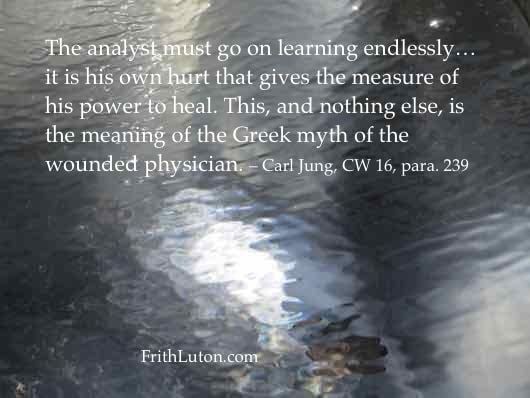 | ||
Watsky wounded healer deer tick sample
Wounded healer is a term created by psychologist Carl Jung. The idea states that an analyst is compelled to treat patients because the analyst himself is "wounded". The idea may have Greek mythology origins. Research has shown that 73.9% of counselors and psychotherapists have experienced one or more wounding experiences leading to their career choice
Contents
- Watsky wounded healer deer tick sample
- Secrets of a wounded healer nancy simpson tedxcharleston
- Research
- Mythological origins
- Jungs wound
- Cultural analogues
- References
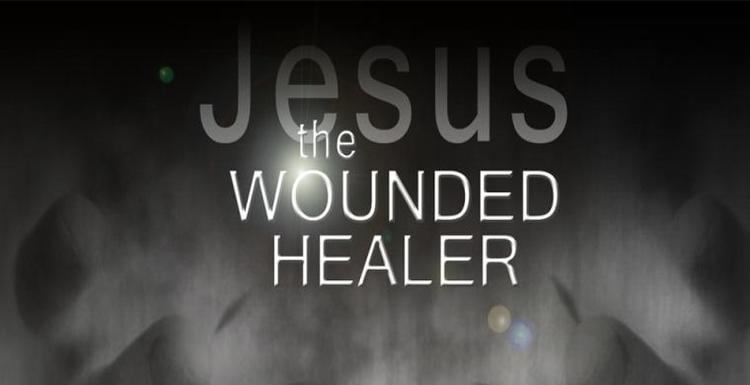
As an example, of the "wounded healer phenomenon" between an analyst and his/her analyzed:

Secrets of a wounded healer nancy simpson tedxcharleston
Research
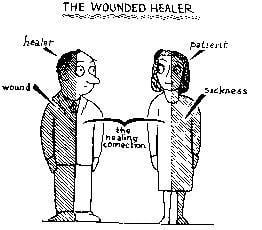
There are various studies researching the concept of the wounded healer, most notably that by British counselor and psychotherapist Alison Barr who studied the significance of psychological wounds on people who decide to train as counsellors or psychotherapists. Barr used a pluralistic approach to her research, with the quantitative data analyzed using descriptive and inferential statistics and the qualitative data analyzed using thematic analysis, with a grounded theory approach. An on-line questionnaire was conducted with 253 respondents. Pilot and verification studies were performed, and opportunities for further research highlighted.
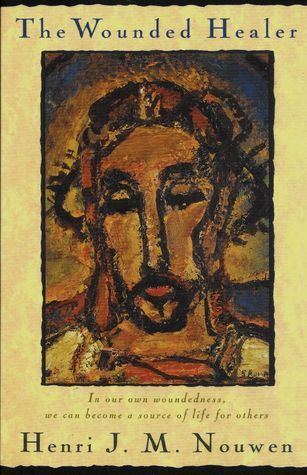
Barr’s results showed that 73.9% of counselors and psychotherapists have experienced one or more wounding experiences leading to career choice. She also noted the following:
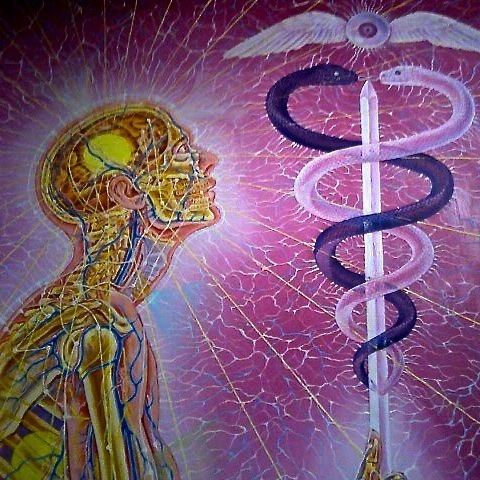
The idea of the wounded healer has since expanded to include the study of any professional healer who has been wounded themselves, including counselors, psychotherapists, doctors and nurses.
Mythological origins
In Greek mythology, the centaur Chiron was a "Wounded Healer", after being poisoned with an incurable wound by one of Hercules's arrows. Jung mentioned the Chiron myth "wounding by one's own arrow means, first of all, the state of introversion";
For Jung, "a good half of every treatment that probes at all deeply consists in the doctor's examining himself... it is his own hurt that gives a measure of his power to heal. This, and nothing else, is the meaning of the Greek myth of the wounded physician."
Jung felt that depth psychology can be potentially dangerous, because the analyst is vulnerable to being infected by his analyzed's wounds by having his wounds reopened. To avoid this, the analyst must have an ongoing relationship with the unconscious, otherwise he or she could identify with the "healer archetype", and create an inflated ego.
Withdrawal of both projections may however ultimately activate the powers of the inner healer in the patient themselves.
Jung’s closest colleague, Marie Louise Von Franz, said “the wounded healer IS the archetype of the Self [our wholeness, the God within] and is at the bottom of all genuine healing procedures.”
Jungians warn of the dangers of inflation and splitting in the helping professions, involving projection of the 'wounded' pole of the archetype onto the patient alone, with the analyst safely separated off as 'healer'.
Jung's wound
Scholars suggest that Jung's childhood vulnerabilities compelled him to heal his own life. Jung stated that "certain psychic disturbances can be extremely infectious if the doctor himself has a latent predisposition in that direction...For this reason he runs a risk - and must run it in the nature of things". Further he stated that "it is no loss, either, if [the analyst] feels that the patient is hitting him, or even scoring off him: it is his own hurt that gives the measure of his power to heal".
Jungians acknowledge that Jung's own wounds could cause damage to those he was attempting to heal.
